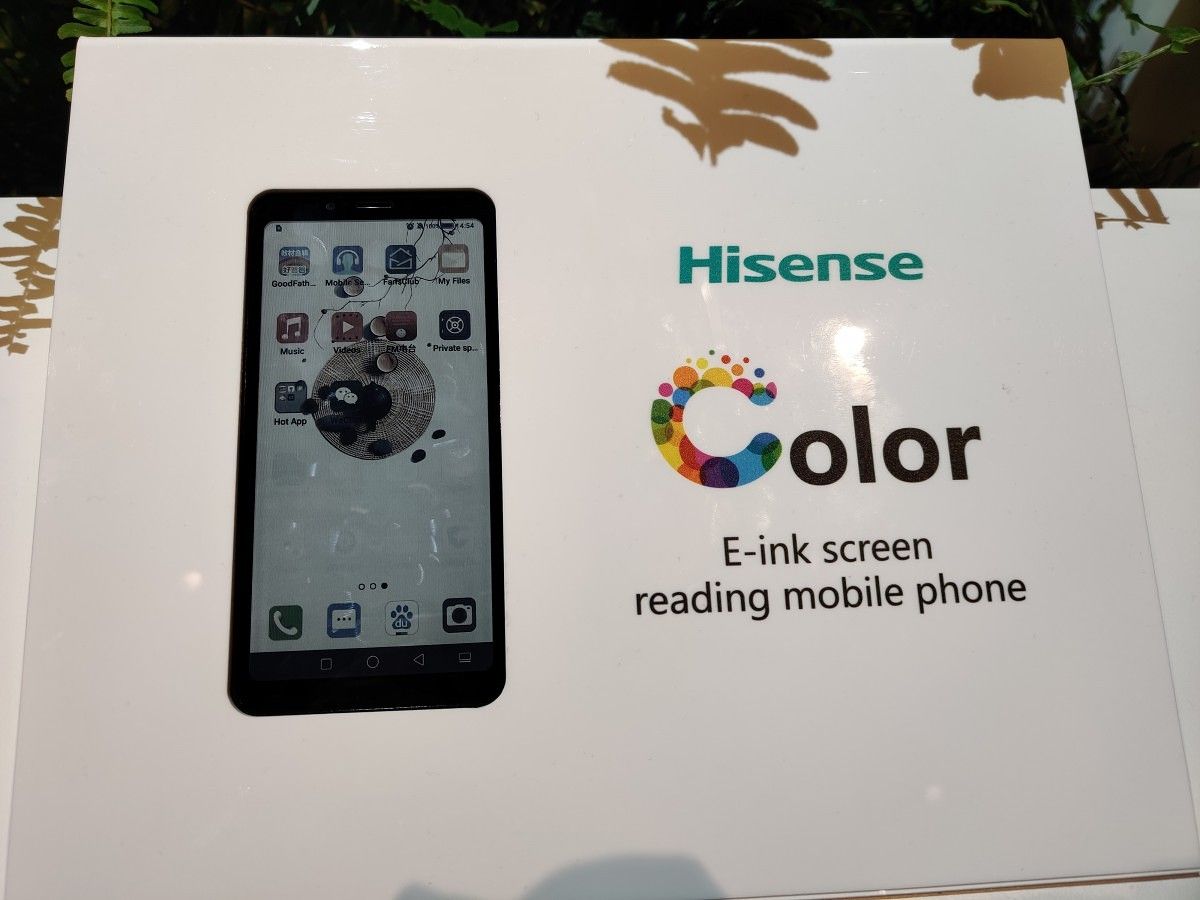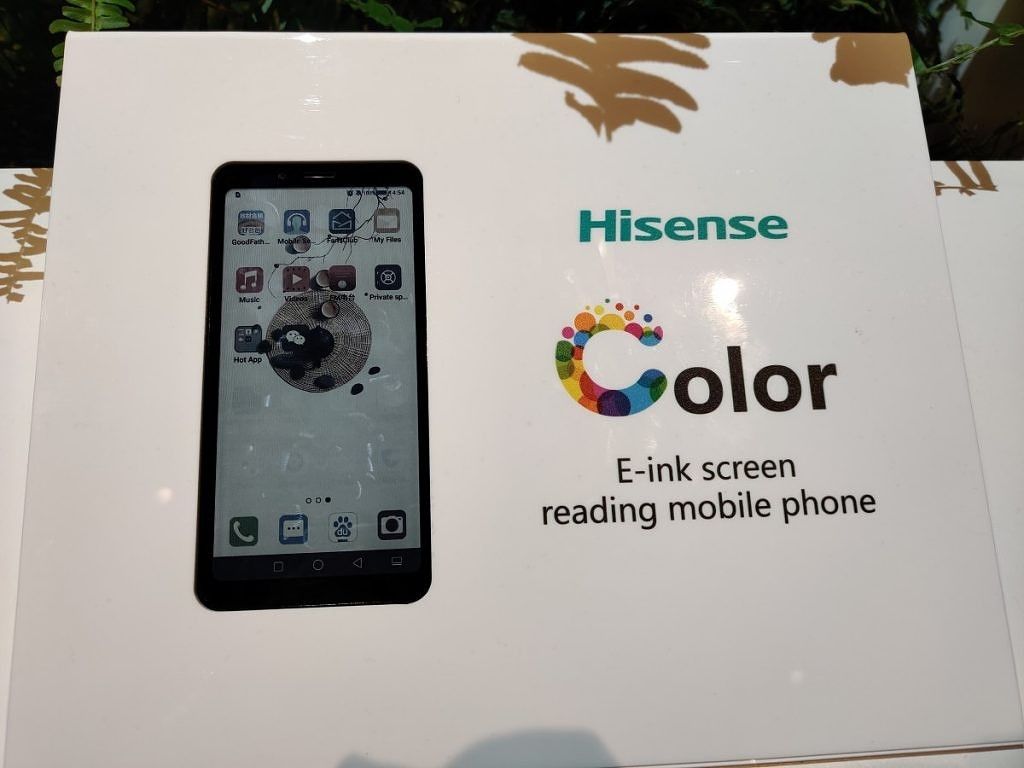At CES 2020, which just concluded last week, we saw a lot of breakthrough new technologies, devices, and developments. From smartphones to foldable devices to weird things such as human-like AI, it was definitely a unique event, which tells us a lot about how technology will look in 2020. Lots of experimental technology, such as the OnePlus Concept One's electrochromic camera glass, was also showcased during the event. HiSense also showcased some experimental technology of their own, such as a color e-ink display for smartphones.
E-ink displays are utilized mostly by eReaders such as the Amazon Kindle. They provide you with a display that's capable of wide viewing angles with a really low power draw and exceptional daylight visibility. However, aside from their intended purpose---reading text---they're not really good for anything else. They have really, really low refresh rates and latency, suffer from image ghosting, and are usually monochrome. E-ink works by moving electronic ink particles around the screen to form images, only drawing power when switching between images and not when actually displaying an image. LCD, on the other hand, is composed of small light-emitting crystals, using a combination of three colors (red, green and blue) to display all other colors, using a backlight to improve visibility. OLED, on the other hand, only lights up the screen in areas with non-black pixels. Hisense is trying to improve the e-ink technology for smartphone usage.
Hisense's new display technology tries to fix the monochrome problem by bringing color capability to e-ink displays. According to the company, the panel can reproduce up to 4096 colors, which isn't a lot---your average smartphone display with a DCI-P3 color space can display several million colors---but it's better than monochrome. It can also last up to 4 days of use according to the company, which is similar to numbers currently achievable with black and white displays.
The problem with it, however, is that Hisense wants to use it in a smartphone, yet these kinds of displays are not really useful for smartphones in their current state. The low refresh rate and latency mean the display is not physically capable of even rendering most smartphone animations, and everything is just going to look like a slideshow. Other devices, such as the ThinkBook Plus or the Yotaphone, have featured such displays, but only as a secondary panel. Even while companies are trying to solve these issues, with all smartphones nowadays featuring wide color gamuts, e-ink just can't provide an experience even remotely similar right now. Once the colors get better, though, this color e-ink display would be a very good fit for something like a smartwatch or a photo frame-sized device.


